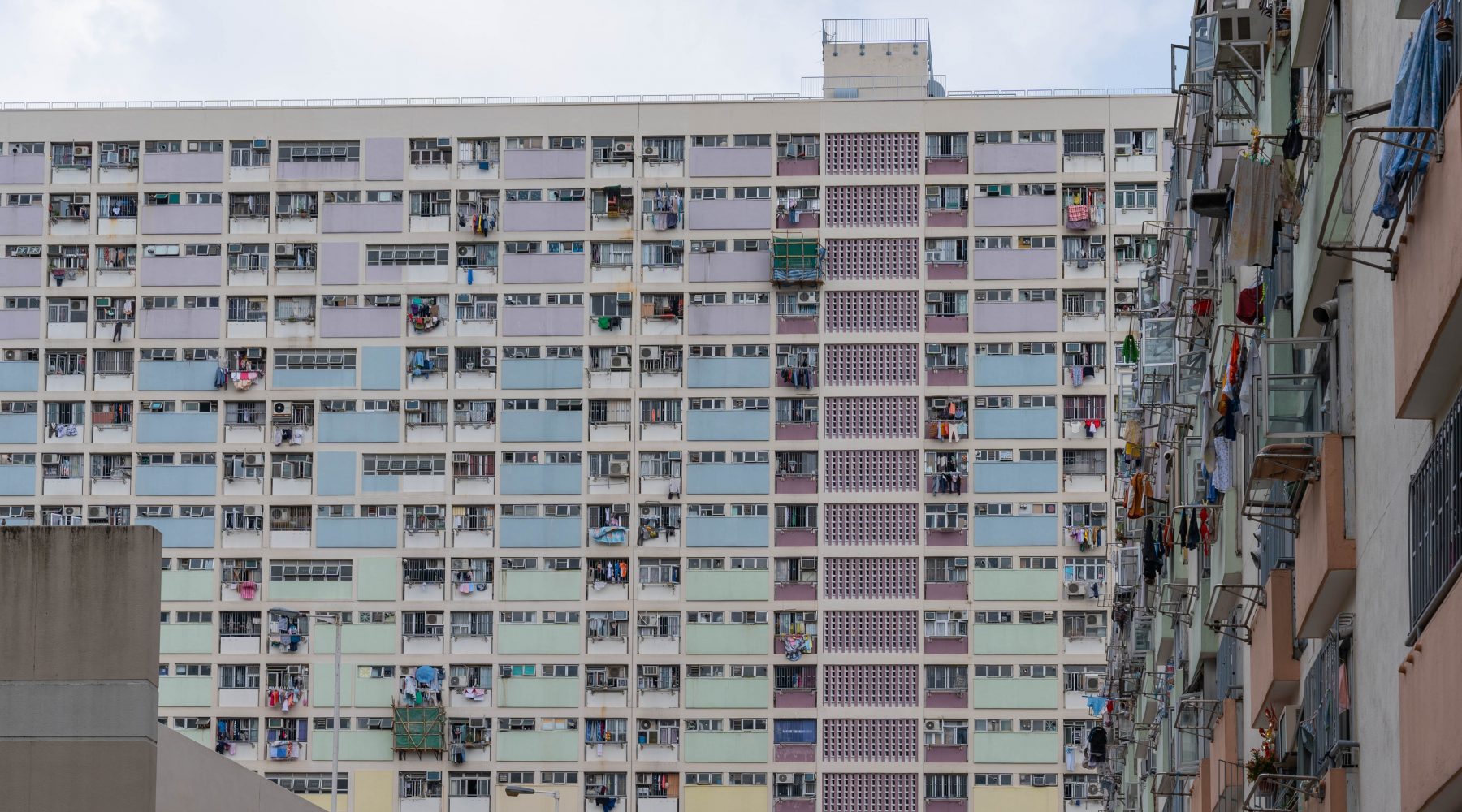High-rise ECEC centres in the spotlight as Building Code review begins

The Australian Building Codes Board (ABCB) has commenced a review that aims to reduce the risk from fire for vulnerable occupants attending early childhood education and care (ECEC) services located in high-rise buildings, and is seeking comment on its preliminary analysis.
The review has been commissioned in response to concerns raised in October 2017 and April 2018 by the Building Ministers Forum (BMF), a panel of federal, state and territory ministers who oversee policy and regulatory issues affecting Australia’s building and construction industries.
The nature of the problem is that the National Construction Code (NCC) provisions for ECEC services do not explicitly address circumstances where the service is located on an upper level of a high-rise building where the potential for long distances of travel, without additional fire safety measures, have been shown to pose an unacceptable risk to life safety of vulnerable occupants, such as children.
What is the extent of high-rise ECEC’s in Australia?
As detailed in the ABCB’s Preliminary Analysis of Options report, the Australian Children’s Education and Care Quality Authority (ACECQA) register noted that 297 services, or approximately 1.9 per cent, were located within high-rise buildings.
Of these 297 services, 214 (approximately 72 per cent) were located above the ground floor, and 15 were located on the fourth floor or higher.
The report went on to note that a key driver for developers’ decisions to locate services on higher floors was the relative difference between rents, with higher floors commanding lower rents.
What are the objectives of the proposal?
The objectives of the proposal can be broken down into four sections:
- Ensure that the level of fire safety provided by the NCC’s provisions to vulnerable occupants of an ECEC service is acceptable given the characteristics of the occupants and the function and use of the building;
- Ensure that an ECEC service located on an upper level of a high-rise building does not expose occupants to greater risk than occupants of a single story building;
- Where possible, ensure that levels of absolute risk to occupants of an ECEC is minimised; and,
- Provide clear and consistent regulatory solutions that cater to the needs of a changing market where ECEC’s are located in mixed use buildings, over more than one level.
The objectives of the proposal will be met via the presentation of a Preliminary Analysis of Options that has been prepared to assist stakeholders to understand the issues, risks and potential impacts of the proposed change to the fire safety requirements of high-rise ECEC’s.
What are the options presented in the Preliminary Analysis?
The preliminary analysis was conducted by Red Fire Engineers (RFE) and a set of four options presented in their conclusions. The RFE report was then subjected to a further technical review.
The four options presented for consultation are:
- Option 1 – Retain the Status Quo – This option would see no change to the ECEC fire safety compliance requirements and also therefore no change to costs borne by the operator/developer. However, this would also mean no change in levels of safety risk for occupants.
- Option 2 – Adopt the recommendations of the RFE Report, which include a mandatory installation of a sprinkler protection system; a building occupant warning system or an emergency warning system; an intercom system as appropriate; and for services to be divided into two fire compartments connected by at least two exits. This option will reduce but not eliminate fire risk but still involve ECEC staff carrying younger children down stairwells which is inherently problematic.
- Option 3 – To limit the use of NCC provisions only to ground floor-located centres and limit this compliance pathway for all centres located on upper floors. For these centres the developers/operators could still be approved but would need to commission and then install customised performance based design solutions to address their fire safety risks. The costs associated with this option may act as a deterrent for developers/operators to engage multi story services.
- Option 4 – Create a non-regulatory document that provides guidelines to industry but sees no change to the existing construction code.
What happens next?
The ABCB has now processed the proposals and suggested a list of changes that will be incorporated into the NCC 2019 Amendment which aims to introduce enhanced fire safety measures for ECEC service in high-rise buildings.
The amendments include new proposals to manage fire risk in ECEC services, some of which are contained in Option 2 above, such as automatic smoke detectors and alarm systems, as well as rules around the number of exits, new rules about defining “complexity” that will signal when additional supervision around design is required, and provisions around the creation of a Performance Based Design Brief to improve the quality of submissions.
The ABCB now invites comment on their proposed amendments.
These drafts are available for comment until 11 October 2019 and can be accessed by clicking here.
Popular

Practice
Provider
Quality
Research
Workforce
New activity booklet supports everyday conversations to keep children safe
2025-07-10 09:00:16
by Fiona Alston

Quality
Practice
Provider
Research
Workforce
Honouring the quiet magic of early childhood
2025-07-11 09:15:00
by Fiona Alston

Quality
Practice
Provider
Workforce
Reclaiming Joy: Why connection, curiosity and care still matter in early childhood education
2025-07-09 10:00:07
by Fiona Alston












